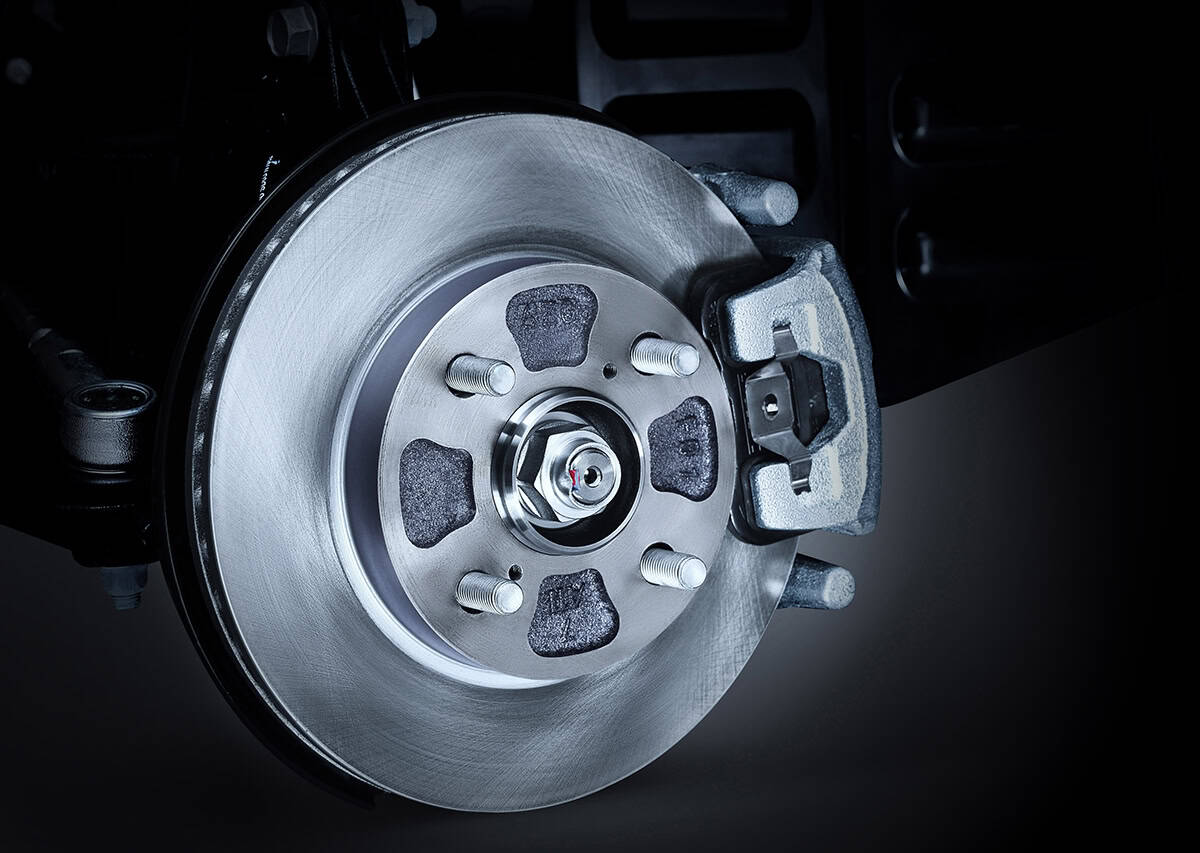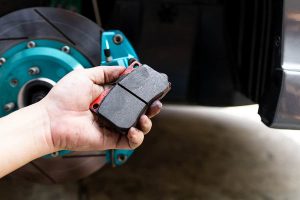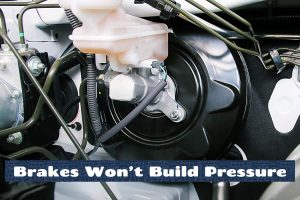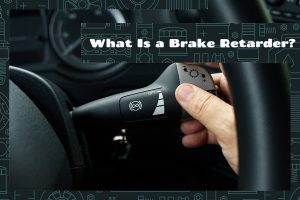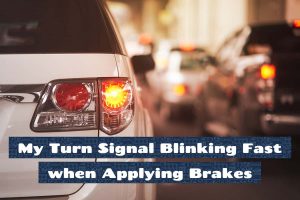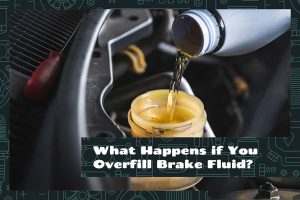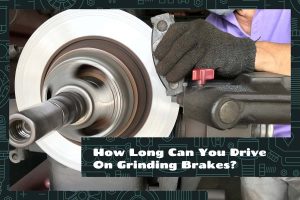ABS prevents your car’s wheels from locking up, or skidding, when you press the brake pedal hard, especially on slippery roads. When your ABS is working correctly, it helps you maintain control of your car and stop more effectively. If there’s a problem with the ABS, a warning light appears on the dashboard.
ABS is a safety feature in cars that prevents the wheels from locking up during braking.
Common problems with ABS include:
- Faulty wheel speed sensors
- Damaged ABS module
- Low brake fluid
- Worn brake pads
- Old or contaminated brake fluid
Throughout this article, we will discuss these common ABS problems in detail and provide troubleshooting tips and fixes to help you address them effectively.
Introduction to Anti-Lock Braking Systems (ABS)
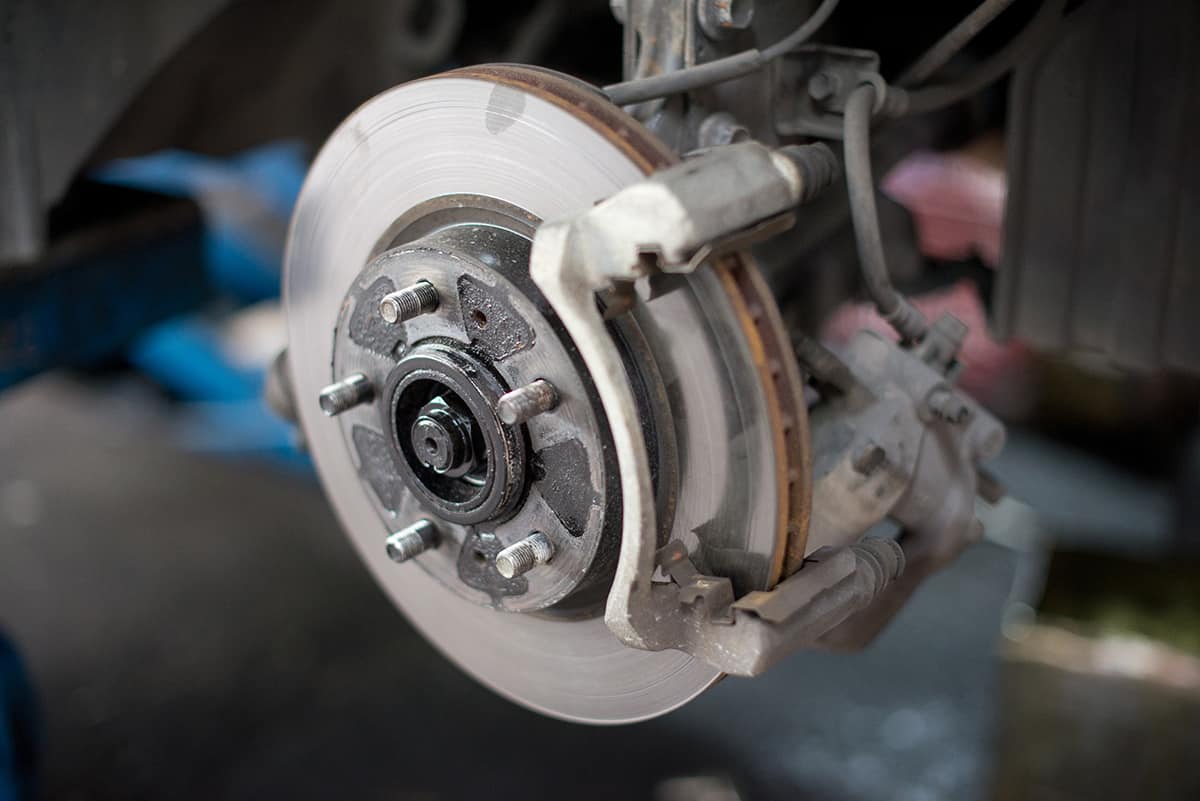
When it comes to driving safely, one of the most crucial aspects is being able to stop your vehicle quickly and effectively. That’s where Anti-Lock Braking Systems, or ABS, come into play. ABS is a remarkable technology designed to prevent your car’s wheels from locking up during braking, allowing you to maintain control and avoid skidding.
An ABS is a safety feature in modern vehicles that helps drivers maintain control and stability during emergency braking situations. It works by continuously monitoring the speed of each wheel and automatically adjusting brake pressure to prevent wheel lock-up.
Components of an ABS
An Anti-Lock Braking System consists of several key components working together to ensure its proper functioning.
1. Electronic Control Unit (ECU)
The Electronic Control Unit is the brain of the ABS system. It receives data from the wheel speed sensors and processes it to determine if any wheel is about to lock up. It then sends signals to the Hydraulic Control Unit to modulate brake pressure accordingly.
2. Wheel Speed Sensors
Wheel Speed Sensors are located at each wheel and measure the rotational speed of the wheels. They provide crucial data to the ECU, allowing it to monitor the speed of each wheel during braking.
3. Hydraulic Control Unit (HCU)
The Hydraulic Control Unit consists of valves and solenoids that control the flow of brake fluid to each wheel. It receives signals from the ECU and modulates brake pressure to prevent wheel lock-up. The HCU is responsible for applying and releasing brake pressure rapidly and precisely.
4. Brake Modulator
The Brake Modulator is a critical component that operates based on signals from the ECU and HCU. It adjusts brake pressure by rapidly releasing and reapplying pressure to each wheel independently. This modulation prevents wheel lock-up and enables the driver to maintain steering control during braking.
Common Problems with ABS
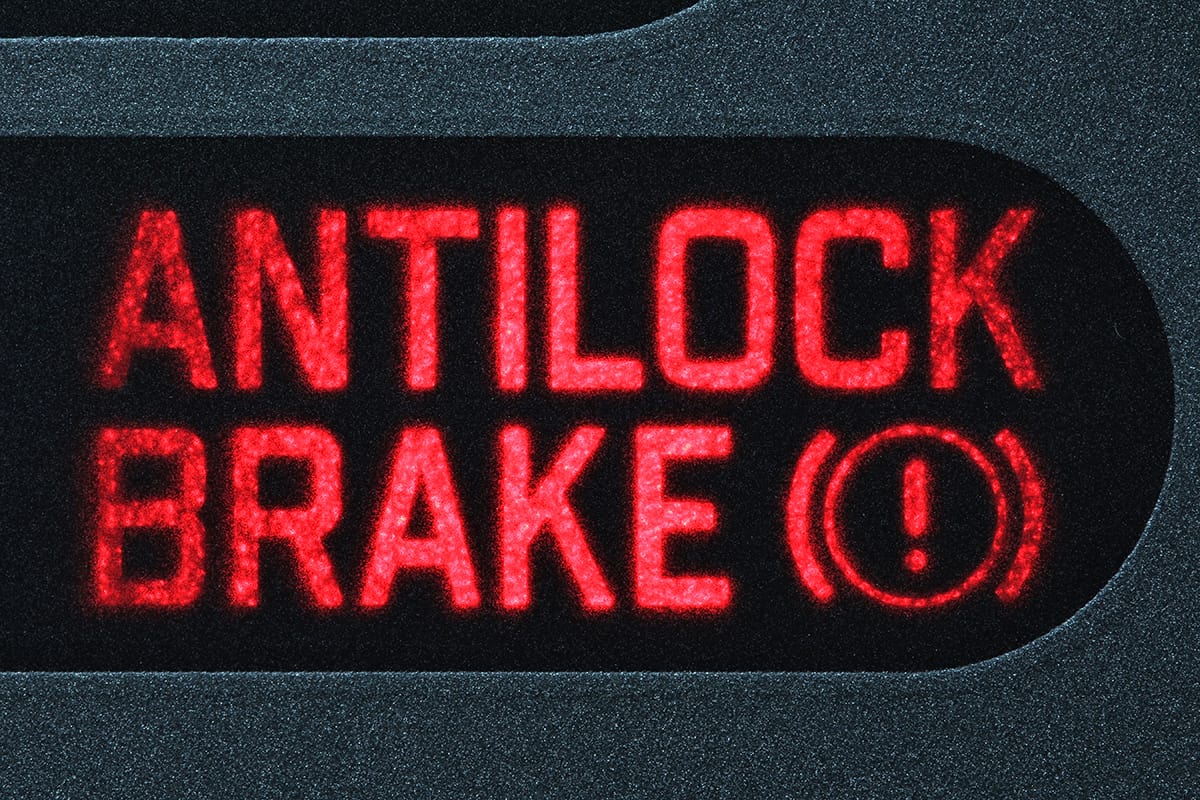
The ABS system can go haywire at any time. Here are the most common issues associated with a bad or faulty ABS system.
1. Faulty wheel speed sensors
The ABS relies on wheel speed sensors to work properly. These sensors tell the ABS how fast each wheel is spinning. If a speed sensor isn’t working right, it can send incorrect information to the ABS. This could cause the ABS to activate when it shouldn’t or not activate when it should. Symptoms of a faulty wheel speed sensor include the ABS light turning on and the ABS activating unexpectedly.
2. Damaged ABS module
The ABS module is the brain of the ABS. It takes information from the wheel speed sensors and uses it to control the brakes. If the ABS module is damaged, it can’t do its job properly. This can lead to a variety of problems, such as the ABS light turning on, the brakes locking up, or the brakes not working as well as they should.
3. Low brake fluid
Brake fluid is essential for the ABS to work. It transfers the force you apply to the brake pedal to the brakes themselves. If the brake fluid level is low, it can cause problems with the ABS. The ABS light might turn on, or the brakes might not work as well as they should. If you notice these symptoms, check your brake fluid level.
4. Worn brake pads
The brake pads are what your car uses to stop the wheels from spinning. Over time, brake pads can wear down. If the brake pads are worn, they can’t stop the wheels as effectively, which can cause problems with the ABS. If your brakes aren’t working as well as they used to, or if you hear a grinding noise when you brake, your brake pads might be worn.
5. Old or contaminated brake fluid
Brake fluid can absorb water over time. If there’s too much water in the brake fluid, it can lead to a lower boiling point. This can cause the brake fluid to boil during hard braking, which can cause the ABS to malfunction. The ABS light might turn on, or the brakes might not work as well as they should.
Troubleshooting ABS Problems
If your ABS isn’t working properly, it’s important to figure out what’s wrong. This process is known as troubleshooting. It helps identify the problem so it can be fixed. Here are some steps to help troubleshoot common ABS problems.
1. Check the ABS warning light
- Start your car and look at the dashboard. The ABS light should briefly turn on, then go off.
- If the ABS light stays on or comes on while driving, this indicates a problem.
- Don’t ignore this light; schedule an appointment with a mechanic for diagnosis and repair.
2. Inspect the Wheel Speed Sensors
- Park your car and turn off the engine.
- The wheel speed sensors are located near each wheel. Refer to your vehicle’s manual for exact locations.
- Visually check each sensor for visible damage or dirt. Don’t touch or remove them.
- If a sensor appears damaged or dirty, take your car to a mechanic for professional cleaning or replacement.
3. Examine the ABS module
- The ABS module is usually located in the engine bay. Refer to your vehicle’s manual for the exact location.
- Do a visual check for any visible damage or loose connections. Don’t touch or remove anything.
- If you notice anything unusual, get your vehicle to a professional for further diagnosis and potential replacement.
4. Look at the brake fluid level
- Park your car on a flat surface and turn off the engine.
- Open the hood and locate the brake fluid reservoir. It’s usually a small, transparent container with a cap.
- The reservoir should have marking lines for MIN and MAX levels.
- If the brake fluid level is near or below the MIN line, you’ll need to add more brake fluid. Be sure to use the type recommended in your vehicle’s manual.
5. Check the brake pads
- Park your car and turn off the engine.
- Look through the wheel spokes. You should see the brake pad pressed against the rotor.
- If the pad is less than 1/8 inch thick, it’s time for a replacement.
- If you’re unsure or can’t see the brake pads, take your vehicle to a mechanic for a brake inspection.
6. Examine the brake fluid for contamination
- Locate the brake fluid reservoir under the hood.
- Look at the color of the brake fluid. New fluid is usually clear or light yellow.
- If the fluid is dark or cloudy, it may be contaminated and needs to be replaced.
- If you suspect contamination, take your car to a professional for brake fluid replacement.
FAQs
1. What should I do if the ABS warning light comes on?
If this light illuminates while you’re driving or if it stays on when you start the car, don’t ignore it. It is your car’s way of telling you it needs help. However, don’t panic; just ensure to get your car to a mechanic or a professional car service center as soon as you can. They have the necessary tools and knowledge to diagnose and fix whatever is causing the ABS warning light to come on.
2. Can I drive with a faulty ABS?
Technically, it is possible to drive a car even when the ABS isn’t working correctly. The vehicle can still stop without the ABS, but the system is there to add an extra layer of safety.
The ABS is designed to prevent the wheels from locking up during a sudden stop or when braking on a slippery surface. Without it functioning properly, you may not have as much control over your vehicle as you need, especially in an emergency situation. That can be risky and lead to accidents.
3. How much does it cost to repair an ABS system?
The cost to repair the ABS can vary widely, depending on what exactly is wrong. If the issue is minor, like a malfunctioning wheel sensor, the cost might be around $100 to $200. However, if the problem is more severe, such as the need to replace the entire ABS module, it can cost significantly more, maybe even as much as $1000.
